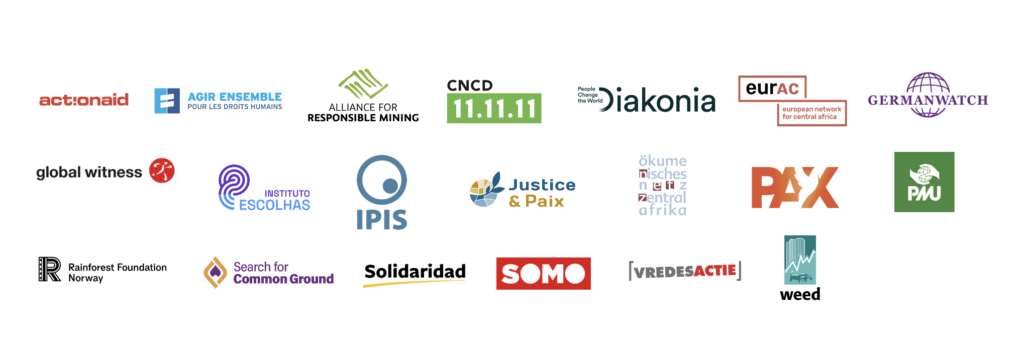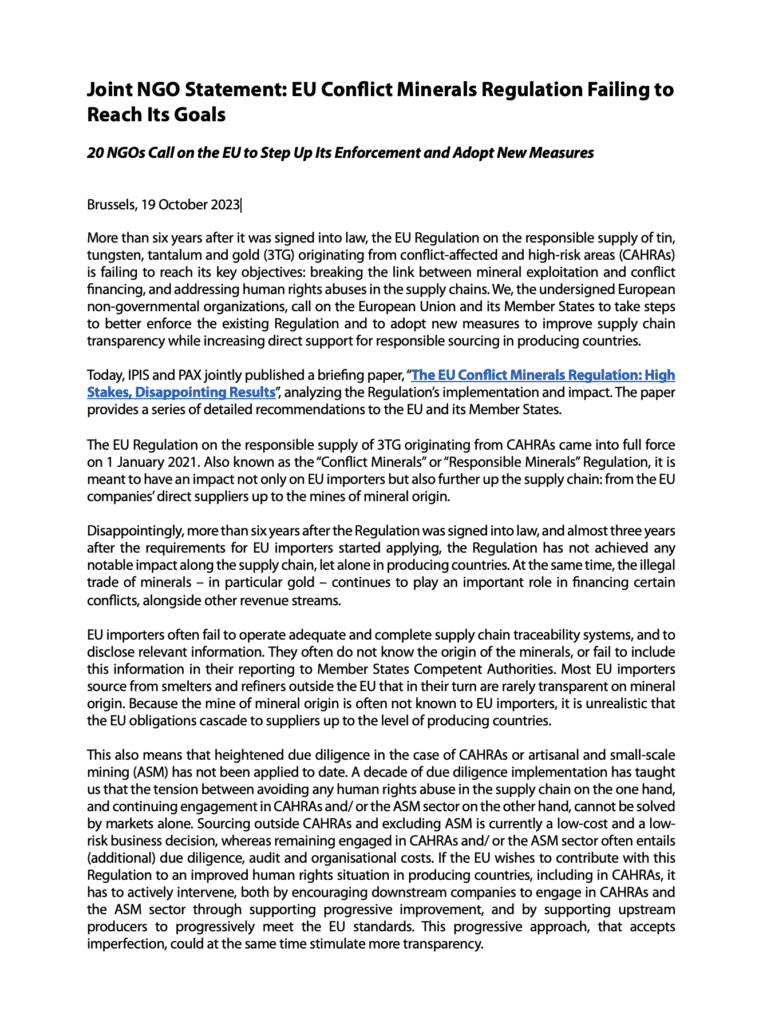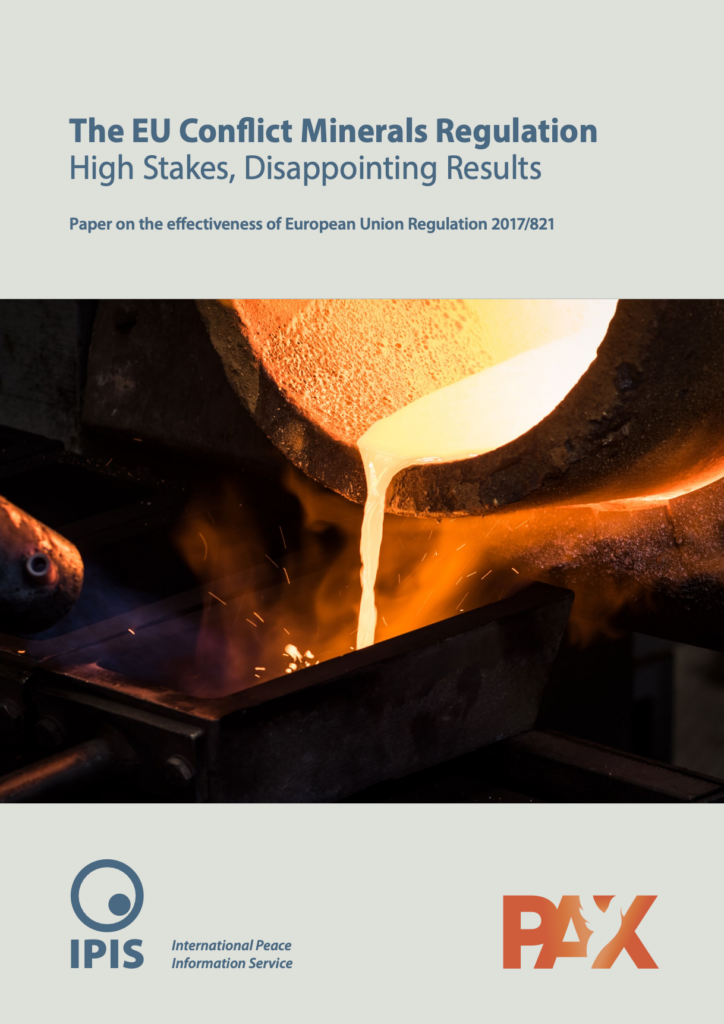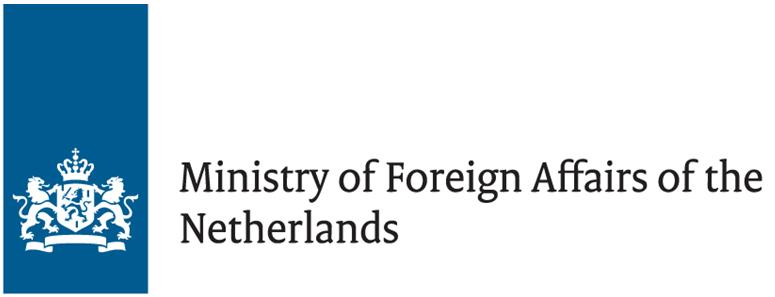The EU Regulation on the responsible supply of tin, tungsten, tantalum and gold (3TG) originating from conflict-affected and high-risk areas (CAHRAs) came into full force on 1 January 2021. Also known as the “Conflict Minerals” or “Responsible Minerals” Regulation, it aims to break the link between the exploitation and trade in 3TG on the one hand, and conflict financing on the other hand. The law also aims to support the development of local communities.
The Regulation is largely based on the Organisation for Economic Co-operation and Development’s (OECD) Due Diligence Guidance for Responsible Supply Chains of Minerals from CAHRAs, the leading norm for responsible mineral sourcing. Its innovation lies in the fact that the Regulation makes the otherwise voluntary Guidance mandatory for EU importers.
This briefing paper seeks to evaluate how the Regulation has actually played out and what the main obstacles to its effective implementation have been so far. The paper is based on an analysis of documents and interviews with stakeholders, including regulators, industry representatives, and civil society.
Disappointingly, more than six years after the Regulation was signed into law, and almost three years after the requirements for EU importers started applying, our overall assessment is that the Regulation has not achieved any notable impact along supply chains, let alone in producing countries.
The lack of impact can be explained at several levels. Firstly, Member States’ Competent Authorities (MSCAs), which are responsible for ensuring the “effective and uniform” implementation of the Regulation, often lack the necessary sector expertise and capacity to fulfill their task. Moreover, differences between the interpretation by MSCAs of the Regulation have resulted in an uneven implementation across Member States.
Secondly, many EU importers of 3TG have not (yet) sufficiently complied with the Regulation’s requirements. EU importers often fail to operate adequate and complete supply chain traceability systems, and to disclose relevant information, which has prevented transparency to increase. Most Union importers source from smelters and refiners outside the EU which, in their turn, are often not fully transparent on mineral origin. Because the mine of mineral origin is often not known to Union importers, we fear that EU obligations rarely cascade to suppliers up to the level of producing countries.
If the EU aims for the Conflict Minerals Regulation to contribute to an improved human rights situation in producing countries, including in CAHRAs, it has to actively intervene, both by encouraging downstream companies to engage in CAHRAs and in the artisanal and small-scale mining sectors and by supporting upstream producers to progressively meet the EU standards. This progressive approach, that accepts imperfection, would at the same time stimulate more transparency.
Recommendations
Joint NGO statement: EU Conflict Minerals Regulation failing to reach its goals
20 European NGOs call on the EU to step up its enforcement of the EU Conflict Minerals Regulation and adopt new measures.


This document has been produced with the financial assistance of the European Union and the Dutch Ministry of Foreign Affairs. The contents of the document are the sole responsibility of IPIS and PAX and can under no circumstances be regarded as reflecting the position of the European Union nor the Dutch Ministry of Foreign Affairs.








